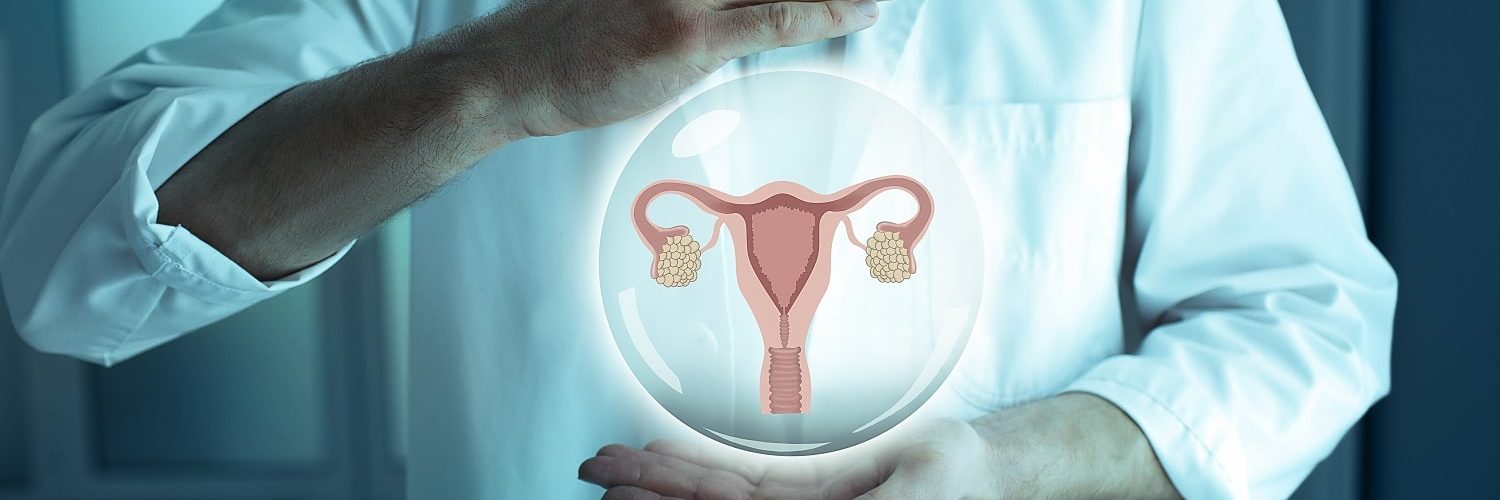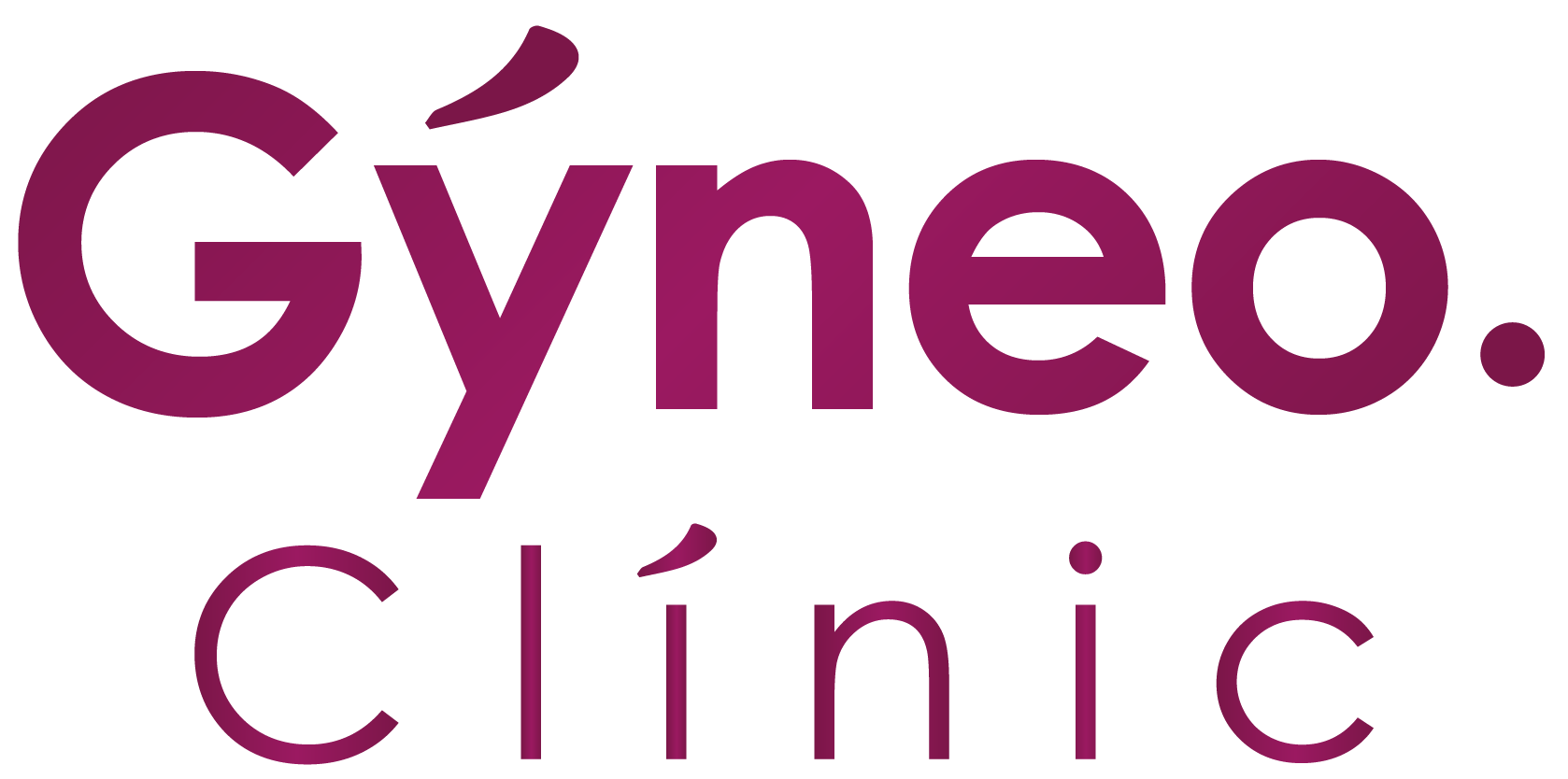Hysterosalpingogram - HSG Test Procedure for female infertility
What is an HSG Test?
HSG stands for Hysterosalpingography, a diagnostic imaging technique that uses a contrast dye and fluoroscopy (a type of X-ray) to examine the reproductive organs. It helps doctors determine the condition of the fallopian tubes and uterus.
HSG Test Procedure
The HSG test procedure is straightforward and typically performed in a radiology clinic. Here’s what to expect:
- Preparation: The test is usually scheduled between days 6-10 of your menstrual cycle to avoid potential pregnancy and ensure clear imaging.
- Insertion of Speculum: A speculum is inserted into the vagina to keep it open.
- Injection of Contrast Dye: A thin catheter is used to introduce a special dye into the uterus.
- X-ray Imaging: As the dye moves through the uterus and fallopian tubes, X-ray images are taken to identify any blockages or abnormalities.
- Completion: The procedure takes about 15-30 minutes, and patients can usually resume normal activities afterward.

When is the Best Time to Do an HSG Test?
The best time for an HSG test is after menstruation but before ovulation (usually between days 6-10 of the cycle). This timing ensures the uterus is clear and eliminates the risk of testing during an early pregnancy.
Is HSG Test Painful?
Some women experience mild to moderate cramping during the procedure, similar to menstrual cramps. Pain levels vary, but discomfort is usually temporary. Over-the-counter pain relief can be taken before the test to minimize discomfort.
HSG Test Side Effects
While the HSG test is generally safe, some women may experience:
- Mild cramping or discomfort
- Light spotting for a day or two
- Allergic reaction to the contrast dye (rare)
- Infection (rare but possible)
Blocked HSG Test: What It Means
If the dye does not pass through one or both fallopian tubes, it may indicate a blockage. Blocked fallopian tubes can prevent sperm from reaching the egg, leading to fertility issues. Based on the results, your doctor may recommend further tests or treatments.
HSG Test Price
The cost of an HSG test varies depending on the location and facility. Visit us at Gyneo Clinic for professional service at reasonable rates.
HSG Test Price in Pakistan
In Pakistan, the HSG test price ranges from PKR 5,000 to PKR 15,000, depending on the hospital or diagnostic center. Visit at at PWD Islamabad for best experience and reasonable rate across the area.
Benefits of HSG Test
- Diagnoses blocked fallopian tubes
- Detects uterine abnormalities
- Helps assess infertility causes
- Increases the chances of pregnancy for some women by clearing minor blockages
Next Step After HSG Test
If your HSG test results are normal, your doctor may recommend continuing natural conception or assisted reproductive techniques. If blockages or abnormalities are found, further fertility treatments such as laparoscopy, IVF, or medications may be suggested.
Symptoms of Pregnancy After HSG Test
Some women conceive naturally after an HSG test due to the clearing of minor blockages. Early pregnancy symptoms include:
- Missed periods
- Nausea
- Fatigue
- Breast tenderness
If you suspect pregnancy after an HSG test, consult your doctor for confirmation.
HSG X-ray and Instruments Used
HSG X-ray provides detailed images of the reproductive organs. The primary instruments used include:
- Speculum
- Catheter
- Contrast dye
- X-ray machine with fluoroscopy
Conclusion
The HSG test procedure is an essential diagnostic tool for evaluating fertility-related issues. Understanding its process, benefits, and possible side effects can help women prepare for the test and take the necessary steps toward fertility treatment if needed. If you are considering an HSG test, consult your doctor to discuss your options and the best approach for your reproductive health.
